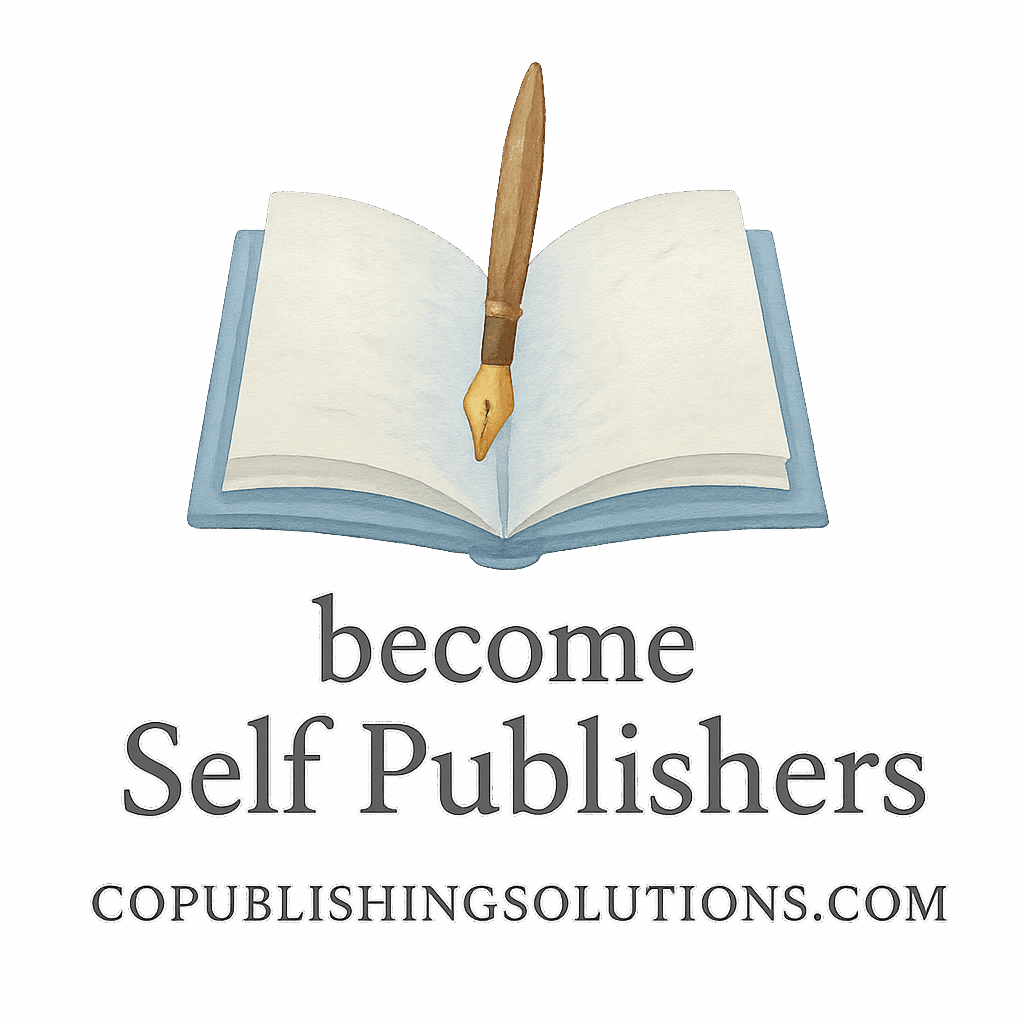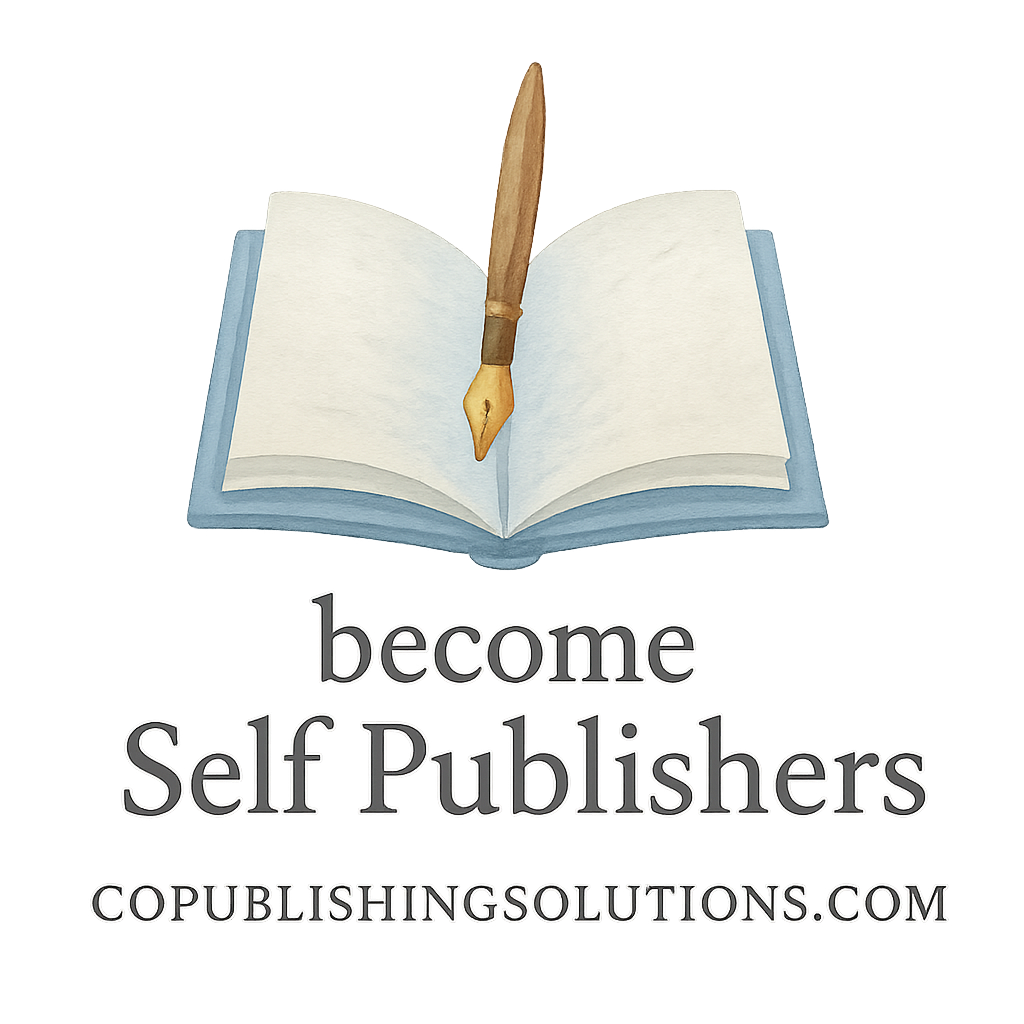Introduction to Publishing Metrics
If you’re an author, especially in today’s digital publishing era, you’re not just writing books — you’re running a business. And like any good business owner, you need data. That’s where publishing metrics come in. These are the numbers that tell you what’s working, what’s flopping, and where to focus your energy.
Why Publishing Metrics Matter for Authors
Understanding the Business of Writing
Let’s be honest — writing is art, but publishing is business. If you don’t know your numbers, you’re essentially driving blindfolded. Whether you’re self-publishing, co-authoring, or working with a traditional press, metrics help you steer the ship.
Data-Driven Decision Making
You wouldn’t pour money into ads if you didn’t know they worked, right? Metrics let you see real performance — sales, engagement, audience behavior — so you can make smarter, faster decisions.
1. Book Sales Volume
This is the most obvious one, but it’s also where many authors stop. Book sales volume is the number of books sold over a specific period.
How to Track Book Sales Accurately
Use platforms like Amazon KDP, Draft2Digital, or tools like Publishing Tools & Platforms to get real-time data. Many authors also use spreadsheets to track monthly sales across formats and platforms.
Interpreting Sales Trends
Look beyond the number. Are sales seasonal? Do promotions spike them? Are print books outselling eBooks? These trends help optimize your marketing strategy.
2. Revenue Per Sale
Not all sales are equal. Selling a $0.99 eBook is not the same as a $14.99 paperback.
Pricing Strategy & Royalties
Know your royalty rates and the platforms’ cut. For instance, Kindle offers 70% on eBooks priced between $2.99 and $9.99.
Boosting Revenue Through Upsells
Offer bundles, audiobooks, or companion guides. Explore strategies in Marketing & Monetization to maximize each transaction.
3. Conversion Rate from Impressions
This tells you how many people actually buy your book after seeing it.
Measuring Marketing Effectiveness
If your book’s getting thousands of views but no purchases, you’ve got a problem. Use this metric to test cover designs, blurbs, and pricing.
Tools for Tracking Conversions
Use Amazon Attribution, Facebook Pixel, and UTM tracking. You can also integrate email campaigns via your Publishing Content Strategy.

4. Read-Through Rate
Do readers finish Book 1 and buy Book 2? That’s your read-through rate.
Importance in Series and Sequels
A high read-through rate = loyal readers = more predictable income.
How to Increase Read-Through Rate
Cliffhangers, consistent character arcs, and sneak peeks of the next book. Learn from the experts at Self-Publishing Basics.
5. Return on Advertising Spend (ROAS)
This shows whether your ads are profitable.
Budget Allocation Tips
Focus on ads that deliver at least a 2x return. Cut underperformers fast.
Analyzing Campaign ROI
Track clicks, cost per conversion, and ROAS across channels. Use insights to refine copy, audience, and platforms.
6. Email List Growth Rate
Email is still one of the best tools for authors.
Why Email is Still King
Unlike social media, you own your email list. It’s your direct line to readers.
Techniques to Grow Your List Fast
Use lead magnets (free chapters, short stories), run giveaways, and optimize landing pages with tools from Advanced Publishing Growth.
7. Audience Engagement Metrics
Social Media Engagement
Track likes, shares, comments, and followers. Are readers resonating with your brand?
Website and Blog Interactions
Use Google Analytics to measure bounce rate, time on page, and top-performing posts. Improve your structure with Book Pages.
8. Review Volume and Ratings
The Psychology of Social Proof
Readers trust books with good reviews. More reviews = higher credibility = more sales.
Encouraging Genuine Reviews
Ask at the end of your book, run ARC (Advance Reader Copy) campaigns, or politely email your list. Be careful not to violate platform rules.
9. Distribution Reach
Channels and Formats
Are you wide (Kobo, B&N, Apple) or exclusive (Amazon only)? Do you offer audiobooks and print?
Going Global: Beyond Amazon
Reach international audiences using global platforms. Consider co-authoring for wider reach: Co-Authoring Tag.
10. Time to Publish
Reducing Time Without Sacrificing Quality
Streamline editing, design, and formatting. Use pro tools found under Formatting and Book Design.
Tools That Speed Up the Process
Scrivener, Vellum, Canva for cover design, and platforms from Publishing Tools & Platforms save tons of time.
Final Thoughts
Tracking your metrics isn’t just for big-time authors or publishers. It’s for anyone serious about growing their author business. Use data to refine your Publishing Content Strategy, understand your readers, and boost Passive Income. Numbers tell the story behind your story.
FAQs
1. What’s the most important publishing metric for beginners?
Start with book sales volume. It’s the simplest and gives you a baseline.
2. How often should I check my metrics?
Weekly is ideal for most authors. Daily if you’re running ad campaigns.
3. Can I track metrics without paid tools?
Yes! Platforms like Amazon KDP and free versions of Google Analytics provide solid data.
4. What’s a good ROAS for authors?
A ROAS of 2x or higher means you’re making money. Aim higher if you can.
5. How do I get more reviews?
Ask in your book, email readers, and offer Advance Reader Copies (ARCs).
6. Why does email list growth matter?
Your email list is an owned asset. You’re not at the mercy of social algorithms.
7. What if my metrics are bad?
That’s actually a good thing — now you know where to improve. Metrics aren’t judgment; they’re guidance.
For more insights, resources, and publishing tools, explore the CoPublishing Solutions website and dive into the world of professional publishing success.


